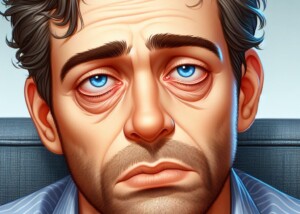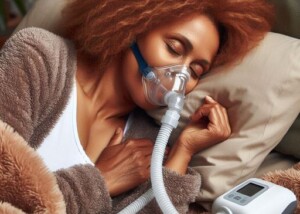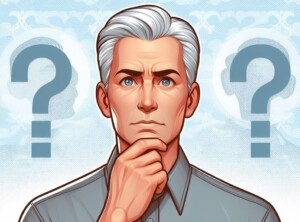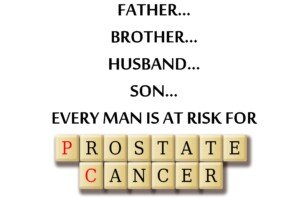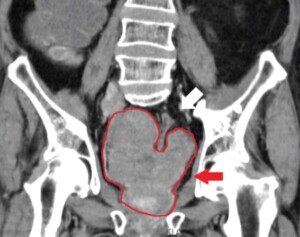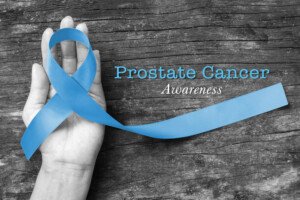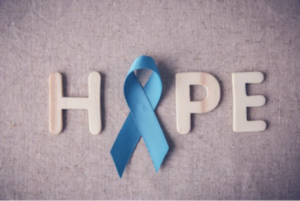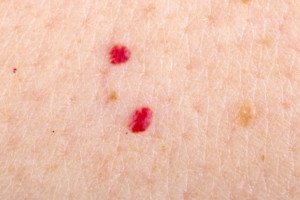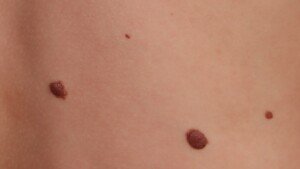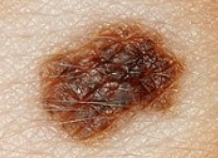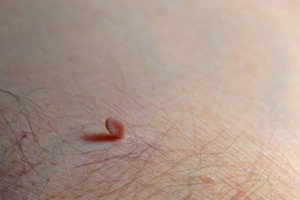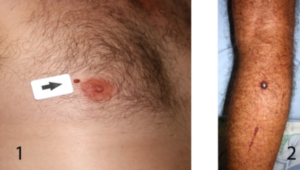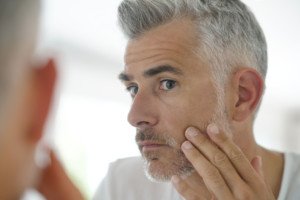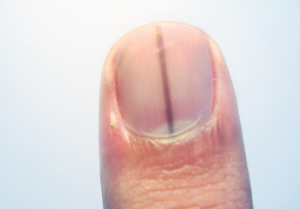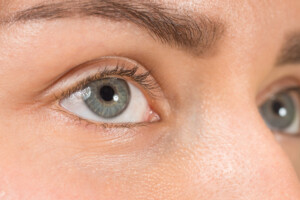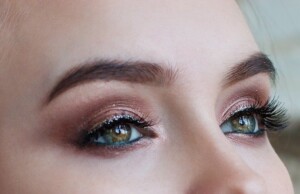Autism and obstructive sleep apnea have something peculiar in common, and it’s not what you’re thinking, or at least, very likely not what you’re thinking.
There are many people, including college degreed, who actually believe that – just because a disorder or condition didn’t have a name decades ago – that this means it didn’t exist.
Yes indeed, there are adults who are afflicted with this kind of thinking.
As a certain condition or disorder becomes more recognized, more publicized and better understood, the logical progression of these developments will be a notable rise in diagnoses.
This is what has happened with obstructive sleep apnea (OSA).
The increase in OSA diagnoses has produced many skeptics who have labeled this often serious medical condition as a “fad disease.”
Naysayers believe that the rash of sleep apnea diagnoses is driven by money to be made by physicians who specialize in sleep, and sleep disorder clinics.
OSA, however, is not a new condition. It’s been around for who knows how long – perhaps since the dawn of time.
It’s just that relatively recently in the timeline of medicine, it has acquired a name and a way to test for it with machinery.
Thus, it’s not true that “everyone is getting sleep apnea.” Likewise, everyone is not “getting autism.”
Like OSA, Autism Spectrum Disorder (albeit changes in its name over the years) has perhaps always been around – since caveman times.
It’s just that ancient people didn’t have a name for it, like they didn’t have a name for sleep apnea and didn’t even know there was even a such thing as sleep-disordered breathing.
Increased Awareness and Diagnosis
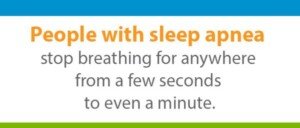
The rise in diagnoses of sleep apnea over the past few decades has led some to perceive the condition as only a recent phenomenon. This perception also applies to autism.
OSA’s increased recognition is largely due to advancements in medical technology, such as polysomnography (sleep studies) and home sleep tests.
The advent of these technologies has allowed for more widespread identification of the condition, creating the impression that sleep apnea is a “new” disorder.
A review published in Chest (2000) notes that the prevalence of sleep apnea has been historically under-recognized, but due to diagnostic technology, the number of diagnoses has skyrocketed (Young et al., 2000).
There’s been concern that sleep apnea is being overdiagnosed, particularly with the growing number of sleep centers and the commercial availability of diagnostic tests and CPAP (continuous positive airway pressure) machines.
The growing number of childhood autism treatment centers and psychologists specializing in ASD assessments has, similarly, fueled the belief that autism is getting overdiagnosed.
In a 2014 article in The Lancet Respiratory Medicine, Dr. Douglas Kirsch discusses the “overmedicalization” of sleep apnea, noting that while the condition is indeed serious for some, many patients with just mild forms might not require treatment (Kirsch, 2014).
But mild OSA doesn’t mean OSA isn’t a real condition or has been overdiagnosed.
Likewise, “mild” or “high functioning” autism doesn’t mean that those with this specific diagnosis don’t actually have autism.
Just like some people with mild sleep apnea can mitigate this problem by a change in sleep position or a loss of excess weight with no dependence on a CPAP machine, there are individuals with Level 1 (minimal support needs) autism who don’t require help with independent living and may even have a profession as a school teacher or social worker.
In short, a mild form of a condition in NO way invalidates its existence or diagnosis.
The widespread use of home sleep apnea tests has contributed to more diagnoses of mild forms of the disorder, further fueling concerns about overdiagnosis (Fitzgerald et al., 2017).
And in a similar way, the increased accessibility of autism assessment clinics, celebrities “coming out” with their ASD diagnosis, and all the autism content on TikTok and YouTube, have fired up ideas about a “trendy” diagnosis just for attention.
Pop Culture Influence

©Lorra Garrick
Celebrities like Rosie O’Donnell and John Goodman, who’ve publicly acknowledged their sleep apnea diagnoses, have increased public awareness.
This, in turn, might lead to the perception that sleep apnea is a “celebrity” disease, attracting attention that can make it seem like a trend.
This also goes for being on the Autism Spectrum, with many in the entertainment field revealing their diagnosis such as Melanie Sykes, Susan Boyle, Daryl Hannah, Anthony Hopkins, Dan Aykroyd, Diane Warren and Courtney Love.
According to a study in JAMA Otolaryngology – Head & Neck Surgery (2016), celebrity endorsements and media coverage have contributed to raising awareness about sleep apnea, although such attention can sometimes create the impression that it’s a fashionable diagnosis (McDonald et al., 2016).
Medical and Consumer Products Industry
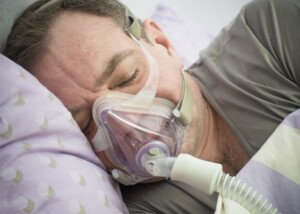
Shutterstock/Oleg Golovnev
The marketing of CPAP machines has been criticized for contributing to the perception that OSA is overdiagnosed.
The commercial push for sleep apnea treatments, coupled with the rise of “home sleep tests,” has led some to view sleep apnea as being overhyped for profit.
Strangely, some people (as evidenced in many comments to autism articles) believe Big Pharma is partly responsible for a “push” for autism diagnoses, even though there’s never been a drug developed to manage autism!
Misunderstanding of the Disease

Shutterstock/pathdoc
OSA can range from mild (5-15 breathing interruptions per hour of sleep) to severe (30+ per hour).
Many with mild OSA can bring their hourly average below five — without a CPAP machine — by sleeping elevated, quitting smoking, losing weight or avoiding alcohol close to bedtime.
A study in Sleep (2010) discusses how public misunderstandings of sleep apnea, combined with an increasing number of diagnoses, have made the condition seem falsely diagnosed (Benjafield et al., 2010).
One such public misunderstanding is that thin women, and children, are immune to obstructive sleep apnea.
Any body type and age can have OSA. Likewise, autism isn’t just limited to those who can’t speak or effectively express their needs, who require constant supervision and behave inappropriately in public.
More Public Awareness

Freepik.com, cookie_studio
Many late-diagnosed autistic people sought out their assessment after viewing content on TikTok and YouTube about autism.
These sources of content should not automatically invalidate a later adult diagnosis in someone who seems quite capable in life or seems “normal.”
Skeptics must ask themselves why anyone, who’s always felt “normal,” would seek an autism diagnosis.
Gee, it’s not as though this diagnosis comes with fame, money and glory.
In fact, many Autists will tell you that when they disclose their diagnosis to people, they get treated differently – and I don’t mean like royalty, but rather, like children.
They may not anticipate this upon their first disclosure, but they’ll certainly anticipate it with subsequent disclosures. Who the bloody hell wants to be treated as “less than” or talked down to?
Considering that autism continues to come with a mighty stigma, who’d want to get this diagnosis simply for trendy or fad reasons?
To the skeptics: You need to grasp the concept that some conditions have mild forms.
In the English vernacular, “high functioning” is the term for Level 1 ASD, and “Level 1” comes from the DSM-5 (U.S. mental health specialist’s diagnostic manual), and means “minimal support needs.”
Yes, imagine that! An autistic person can actually have only minimal support needs and excel in entertainment, get a college degree, get married, raise kids, speak to large groups, manage a household and give eye contact!
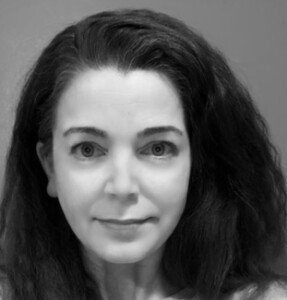 Lorra Garrick has been covering medical and fitness topics for many years, having written thousands of articles for print magazines and websites, including as a ghostwriter. She’s also a former ACE-certified personal trainer. In 2022 she received a diagnosis of Level 1 Autism Spectrum Disorder and subsequently has developed an intense interest in ASD.
Lorra Garrick has been covering medical and fitness topics for many years, having written thousands of articles for print magazines and websites, including as a ghostwriter. She’s also a former ACE-certified personal trainer. In 2022 she received a diagnosis of Level 1 Autism Spectrum Disorder and subsequently has developed an intense interest in ASD.
.


